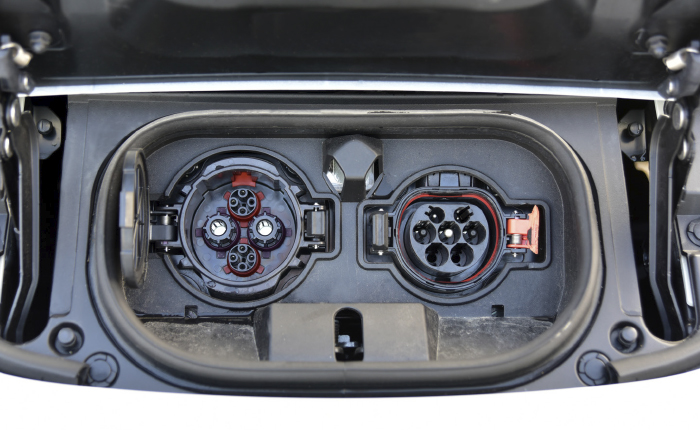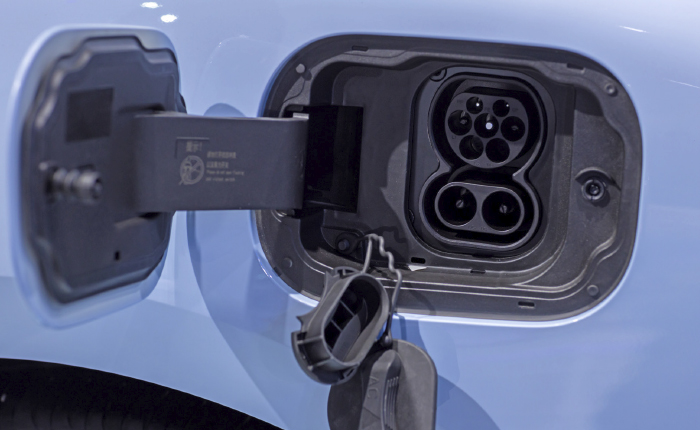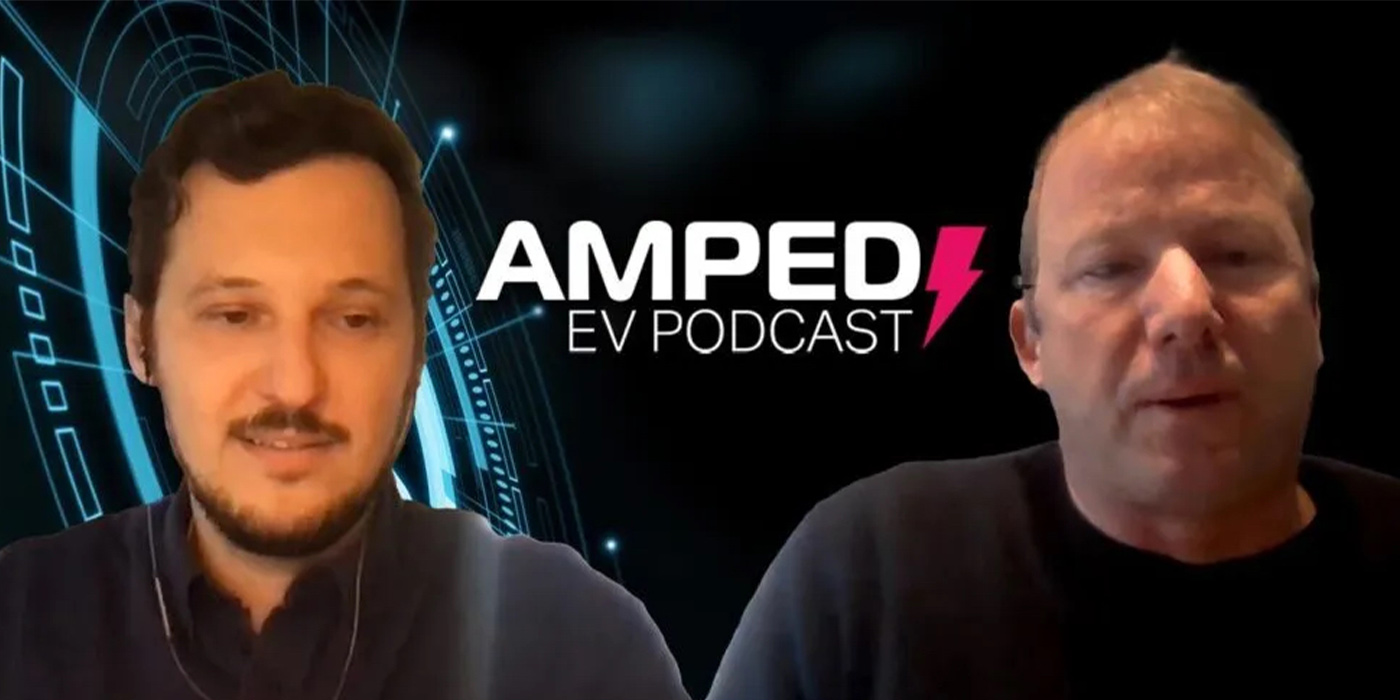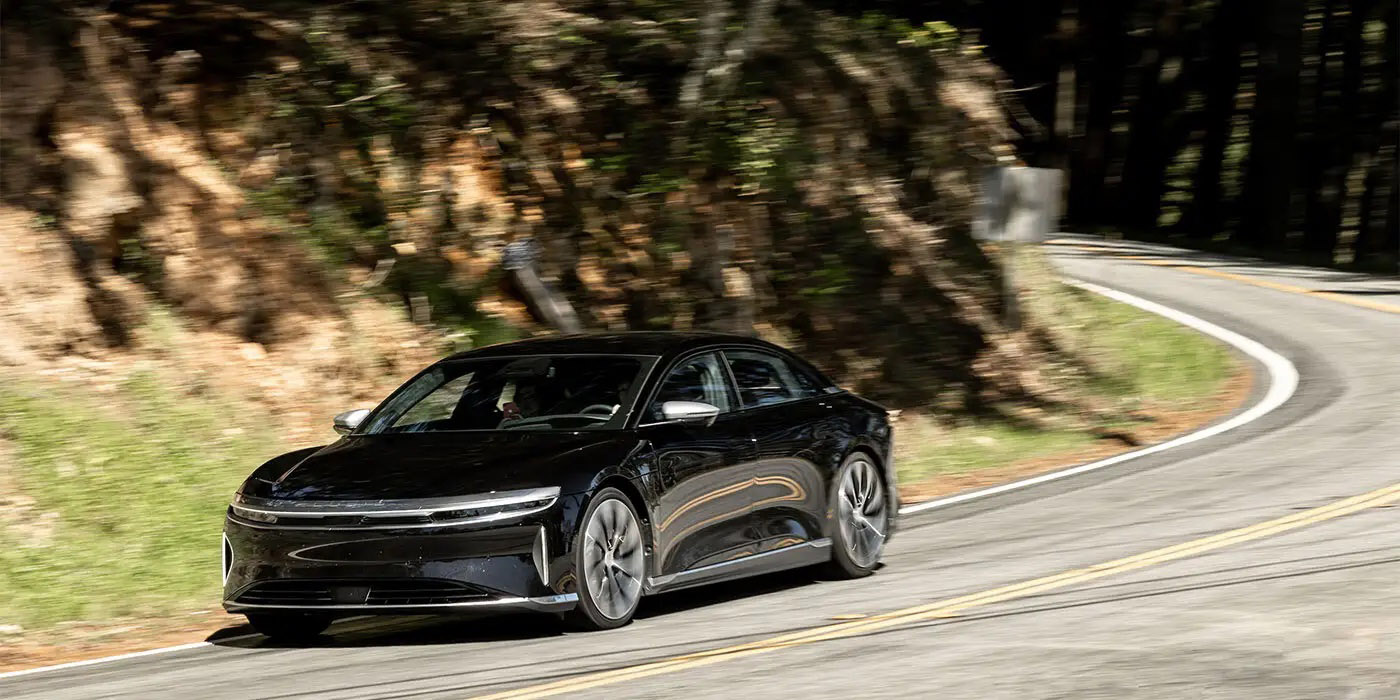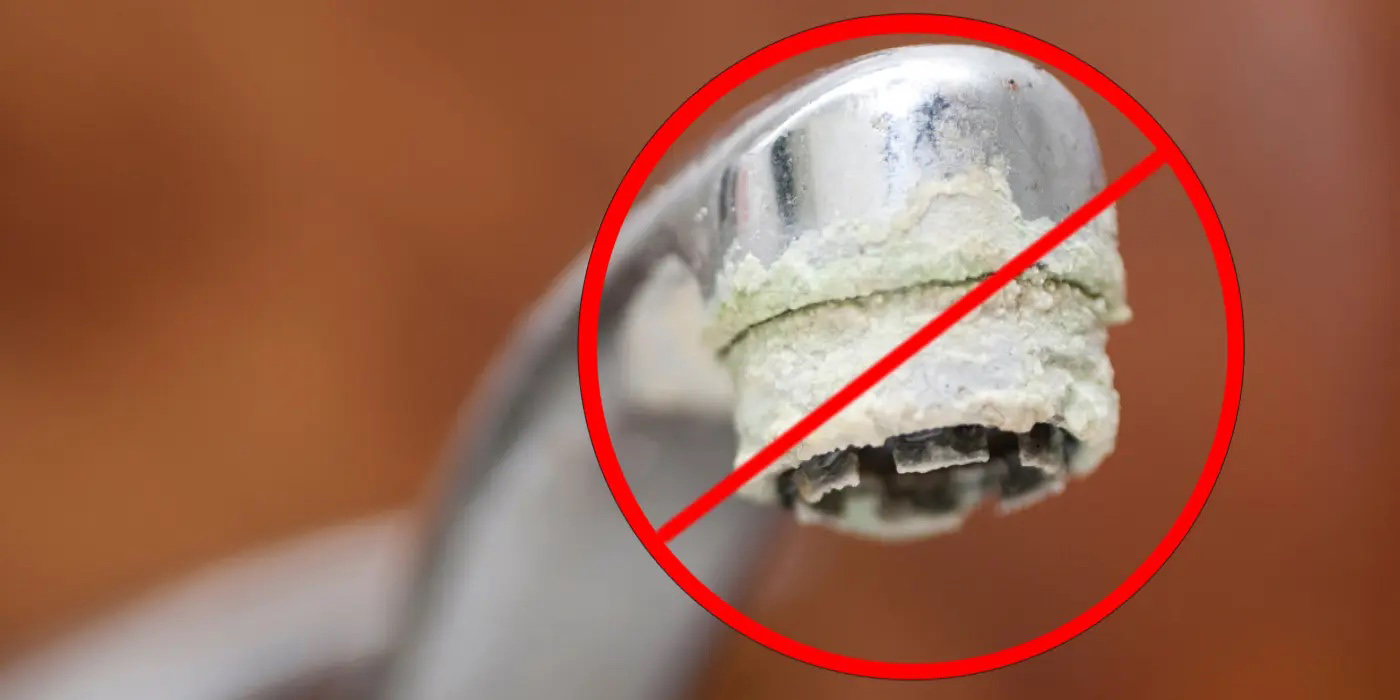How do you charge an electric vehicle? You might think it is as simple as just plugging it into a wall. But, for an owner to get the most out of an electric vehicle, it requires more than a 110-volt AC wall socket. For an electric vehicle to recharge rapidly, it requires more power, and in a different format.
The secret to any charging or rapid charging station is taking alternating current (AC) and converting it to direct current (DC). Most electric vehicles can convert AC to DC, but they can’t handle much power. AC electricity is excellent for sending power over long distances, but it is not great for charging batteries. DC power is great for charging batteries, but it can’t travel long distances through power lines.
The charging cable or adapter that comes with most electric vehicles is like using a space-saver spare tire. It can get a customer where they need to go, but it can be inconvenient. With these types of chargers, it might take eight to 10 hours to get a full charge. And, forget about a quick top-up to give you enough range.
Rapid charging stations can quickly charge a battery in just a few hours using DC power. If you need a little more range, these chargers can add 20-30% of a charge in 20 minutes.
This is where things are getting complicated. The Society of Automotive Engineers (SAE) worked together to develop the standard J1772 connector that can handle level 1 (110-volt) and level 2 (220-volt) charging. With two additional connectors, the J1772 connector can handle DC power. Most electric vehicles use this type of connector, except for Tesla. Tesla superchargers use a proprietary connector and interface so other electric vehicles can’t use the charging points. But, that is now changing.
In a July 2021 tweet, Elon Musk announced:
“We created our own connector, as there was no standard back then & Tesla was only maker of long-range electric cars. It’s one fairly slim connector for both low & high power charging. That said, we’re making our Supercharger network open to other EVs later this year.”
This would open almost 1,000 charging points for all-electric vehicles. However, it is still unclear how Tesla plans to give Tesla owners priority over other vehicles.
Stellantis announced this month it is working with Electrify America to build Jeep-branded level-two charging stations at the trailheads for Moab, Rubicon and Big Bear. The stations will support the Jeep 4xe plug-in hybrid. The charging stations will either be directly connected to the power grid or use solar power to generate electricity. Also in July, both Ford and GM announced partnerships for Class 2 and DC charging stations to assist fleet customers who are adopting electrification.
What does this mean for the aftermarket? The market for cables and adapters will grow as more electric vehicles are sold and charging points are installed. Also, as the used electric vehicle market heats up, second and third owners will be looking for chargers and adapters for both home and work.


